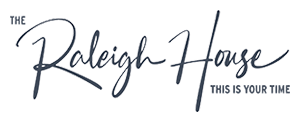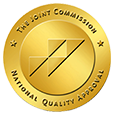
91 Americans die every day from an opioid overdose, according to the Centers for Disease Control and Prevention.
If you know anything at all about our nationwide public health emergency, you’ve heard of Narcan. It’s the brand name for Naloxone, a drug that can reverse the effects of an opioid overdose. It works on heroin, prescription painkillers like Vicodin and also on Fentanyl (although experts warn that more than one dose may be needed due to the drug’s strength).
Across the country, access to Narcan has grown in an attempt to keep pace with the opioid epidemic, including laws allowing first-responders to carry and use the product.
But one of the biggest breakthroughs came when Walgreens recently announced they would sell Narcan nasal spray over-the-counter in all of their pharmacies in all 45 states that allow it. That translates to 8,000 Walgreen locations.
“By stocking Narcan in all our pharmacies, we are making it easier for families and caregivers to help their loved ones by having it on hand in case it is needed,” said Rick Gates, Walgreens group vice president of pharmacy. “As a pharmacy we are committed to making Narcan more accessible in the communities we serve.”
How Does Narcan Work?
According to the Food and Drug Administration, Narcan nasal spray can be “easily administered by anyone, even those without medical training.”
The drug is sprayed into one nostril while the patient is lying on his or her back, and can be repeated if necessary.
The FDA warns that Narcan is not a substitute for immediate medical care, and the person administering Narcan nasal spray should seek further immediate medical attention on the patient’s behalf.
What Narcan Costs
Costs for Narcan can vary wildly depending on the delivery mechanism, but the nasal spray available over-the-counter generally costs about $130 to $140 for a kit that includes two doses. Depending on your insurance plan, that could mean a copay of up to $20.
Narcan Side Effects
Narcan side effects are not common, but can include rapid heartbeat, changes in blood pressure, nausea, shortness of breath, irregular heartbeat, seizures, wheezing, coughing, headache, anxiety, confusion, tinnitus and fainting.
Much more commonly, Narcan can bring on immediate withdrawal symptoms such as nausea, anxiety, muscle and joint aches, weakness, dizziness, diarrhea, stomach pain, sweating, fever and chills.
Recovery at The Raleigh House
Narcan can and does save lives, but it’s no substitute for rehab, which allows people to really and truly live—free from the chains of heroin. Each person who walks through our doors is assigned a master’s level therapist. Together, you’ll come up with a plan to rebuild your life. Fill out our form or contact us today to learn more about the heroin addiction treatment program at The Raleigh House.




